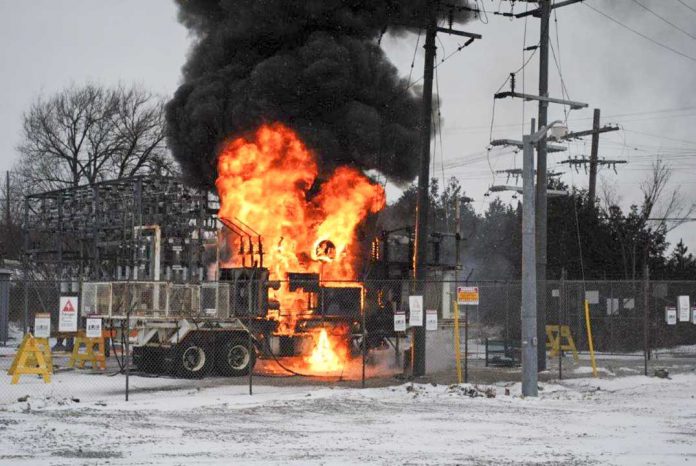ASSIGINACK—Following on the heels of two other Island municipalities, Assiginack is looking into the feasibility of creating a trappers’ compensation program for coyote and wolf pelts.
At the February 6 meeting of Assiginack council, a resolution was passed for staff to begin a study for the creation of a compensation program due to a perceived increase in the coyote and wolf population in the municipality.
“Would this involve bringing back a bounty, although I guess we can’t use that word anymore?” Councillor Hugh Moggy asked.
Assiginack CAO Alton Hobbs agreed that the term bounty is no longer acceptable but said “in effect, yes.”
“So we’re not just paying for damaged animals, we’re going after the killers themselves,” Councillor Leslie Fields said.
“We’re not going to get them all, and we don’t want to, but it’s a help,” Councillor Moggy added.
Council noted the attendance of Dave McDowell a beef farmer whose farm is located along Highway 6 near McLennan’s Creek south of Manitowaning who shared that he had recently seen five coyotes near his pasture.
“I’d rather see the money go back to the trappers,” Mr. McDowell said.
Councillor Moggy agreed, saying “It should be sold as a ‘compensation to trappers’.”
As reported in this newspaper’s sister publication, the Manitoulin West Recorder, the townships of Burpee and Mills and Gordon/Barrie Island have enacted compensation programs in December and January, respectively.
In a conversation with The Expositor following the Tuesday meeting, Mr. McDowell said he applied to the Ontario Wildlife Damage Compensation Program with the Ontario Ministry of Agriculture, Food and Rural Affairs twice this year—the first time he has had to use the program—and received compensation both times. He lost a third calf when he had to put the animal down, it had been injured so badly by a coyote. In these instances (when the farmer is forced to kill a predator-damaged animal), farmers are not compensated for their loss.
“I’m not whining about the program, it’s been good to me, but I suggest a line of communication between trappers and farmers,” Mr. McDowell said.
Often, he said, trappers are travelling to North Bay to the fur harvesters’ auction only to receive $30 or $40 a pelt. And if the pelts are not great quality, perhaps they could be given to someone who can still utilize the pelt, he added.
“If the trappers got them, fleshed them and took them into the township and it was made to be worth their while…I guess that’s just pie in the sky thinking,” the farmer mused.
“Nobody wants to see them all gone, but the (wolf/coyote) population is at a high right now,” Mr. McDowell added.
Assiginack council directed staff to begin a study into a similar program as is found on the West End.




